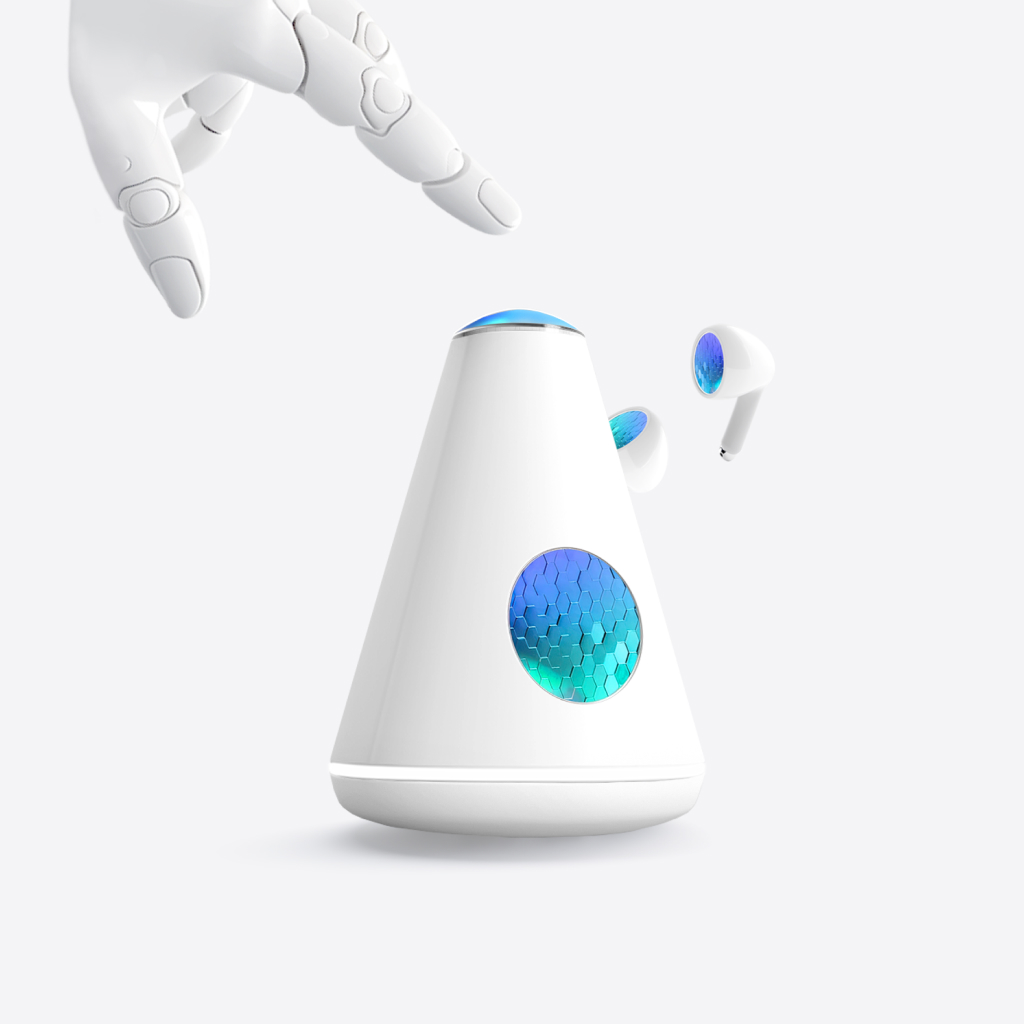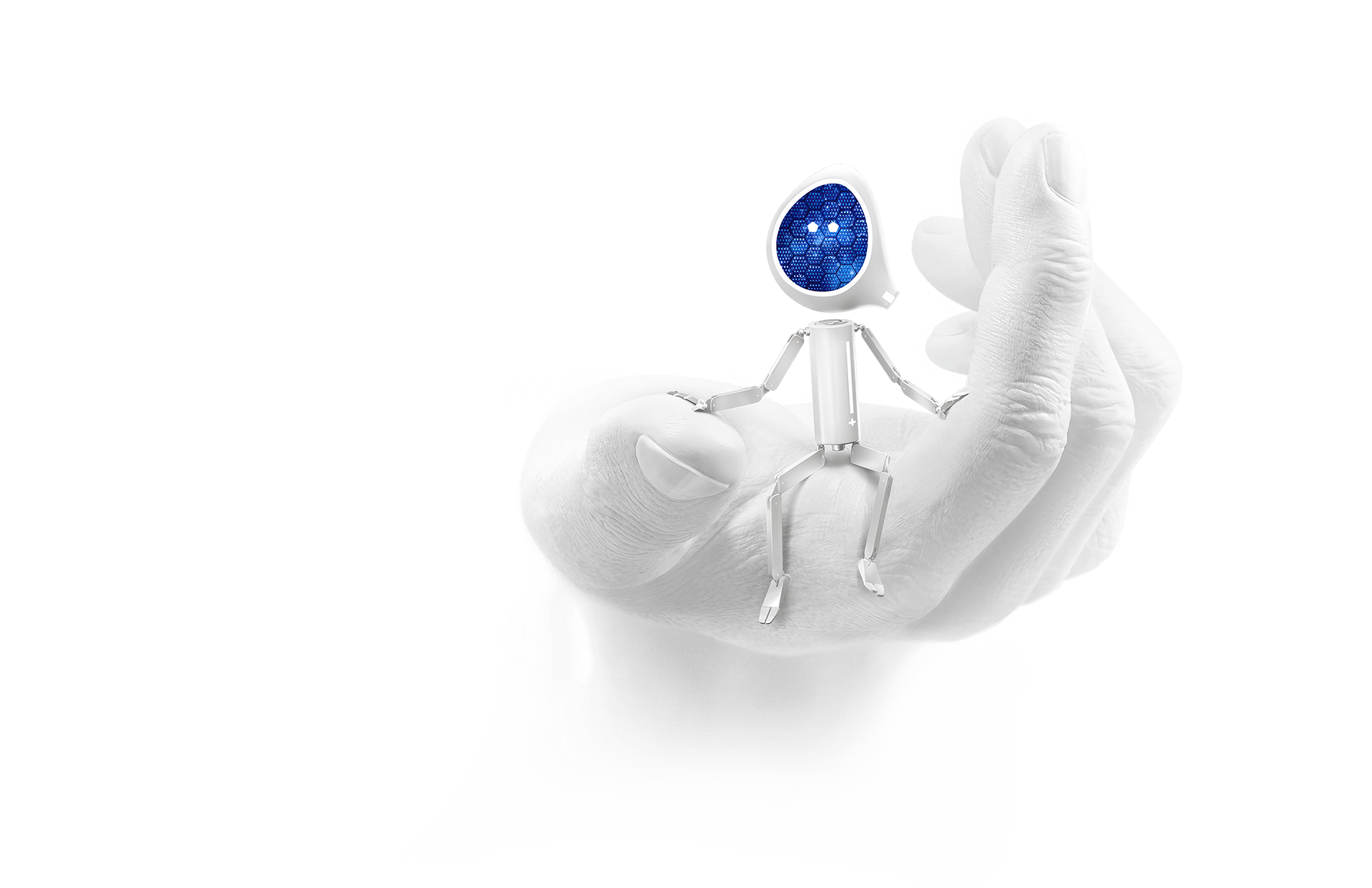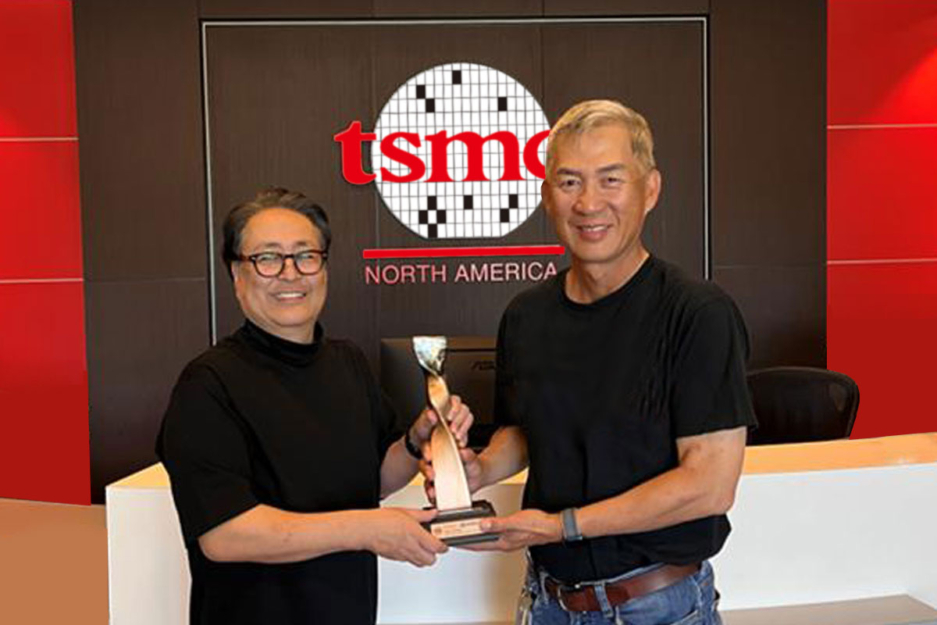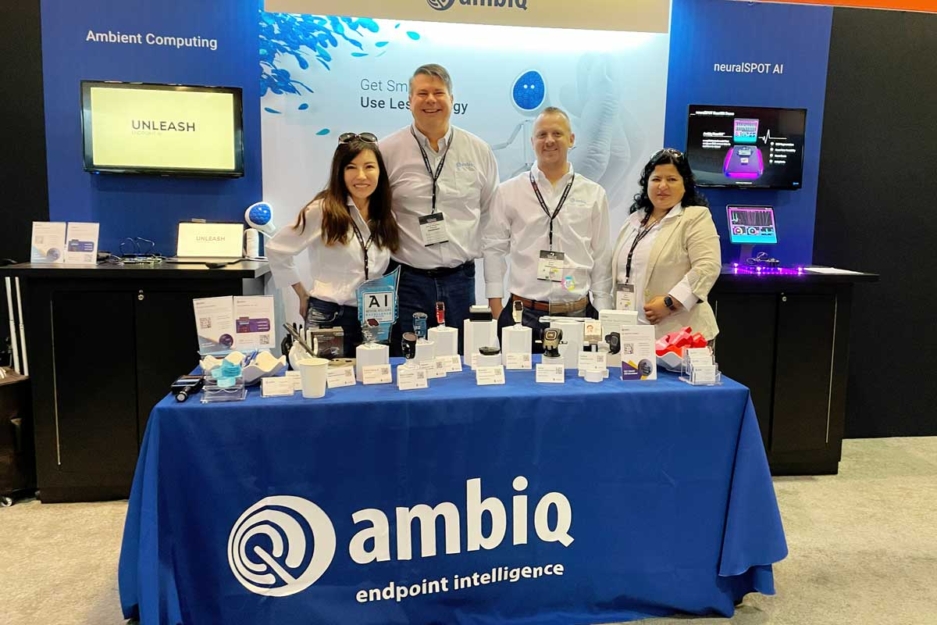
In the beginning, NASA dismissed LOR being a riskier possibility, as an area rendezvous had however to get done in Earth orbit, significantly less in lunar orbit. Quite a few NASA officers, including Langley Research Center engineer John Houbolt and NASA Administrator George Reduced, argued that a lunar orbit rendezvous supplied the simplest landing to the Moon with by far the most Price tag–efficient launch automobile, and the ideal likelihood to perform the lunar landing throughout the ten years.[39] Other NASA officers grew to become persuaded, and LOR was then officially selected as the mission configuration for the Apollo plan on November 7, 1962.
An EOR would start the direct-landing spacecraft in two smaller sized components which might Incorporate in Earth orbit. A LOR mission would contain one rocket launching two spacecraft: a mother ship, and a lesser, two-male landing module which would rendezvous back with the main spacecraft in lunar orbit. The lander could well be discarded plus the mother ship would return house.[38]
In 1965, the Apollo Apps Application (AAP) was made to look into science missions that may be carried out utilizing Apollo hardware. Substantially with the scheduling centered on the thought of an area station. Wernher von Braun's before (1964) designs used a "moist workshop" principle, by using a expended S-II Saturn V 2nd phase being released into orbit and outfitted in Area. The following yr AAP studied a smaller sized station using the Saturn IB next phase. By 1969, Apollo funding cuts eradicated the potential for procuring additional Apollo components and forced the cancellation of some later Moon landing flights.
Proficiently track timelines and dependencies, both in only one undertaking or throughout all active assignments.
They have been now 100 toes (30 m) from the area, with only 90 seconds of propellant remaining. Lunar dust kicked up by the LM's motor began to impair his skill to find out the spacecraft's movement. Some massive rocks jutted out of the dust cloud, and Armstrong centered on them for the duration of his descent so he could figure out the spacecraft's velocity.[127]
The impending new version from the Intento platform will combine generative AI natively into current automatic translation workflows. This improvement is predicted to deliver around a 90% advancement in translation excellent, which makes it a sport-changer in multilingual content precision.
We want to give special as a result of all People People in america who crafted the spacecraft; who did the development, style, the checks, and place their hearts and all their abilities into All those craft. To those people tonight, we provide a Particular thank you, and also to all the Others which are listening and looking at tonight, God bless you. Excellent night time from Apollo 11.[177]
Wise wearables taking part in an progressively pivotal part in the growth of the web of Issues (IoT) business. As more and more people undertake these devices, the quantity of knowledge getting collected and analyzed is growing exponentially, informing everything from individualized health and fitness recommendations to more economical offer chain administration.
Generative AI is revolutionizing activity output in the gaming business. AI-powered game engines produce partaking and astonishing gameplay. With AI changing video game environments in authentic time, avid gamers can foresee far more immersive and practical gaming. This element is expected to drive The expansion on the Generative AI Market place.
About 38 seconds immediately after the 2nd phase ignition the Saturn V switched from a preprogrammed trajectory to some "closed loop" or Iterative Steerage Method. The instrument device now computed in true time by far the most gasoline-successful trajectory towards its goal orbit.
On top of that, our remarkable complex assistance team is able to support carry your style to production.
Apollo four was an "all-up" examination, which means all rocket levels and spacecraft ended up completely functional to the Preliminary flight, a first for NASA. It absolutely was The very first time the S-IC first phase and S-II second phase flew.
Armstrong then jumped on to the ladder's 3rd rung, and climbed in to the LM. Soon after transferring to LM everyday living assistance, the explorers lightened the ascent stage for that return to lunar orbit by tossing out their PLSS backpacks, lunar overshoes, an vacant Hasselblad camera, along with other devices. The hatch was shut again at 05:11:13. They then pressurized the LM and settled right down to snooze.[163]
If an interior hyperlink led you below, you could need to change the url to issue directly to the meant short article.

Get Smart. Use Less Energy.
Ultra-low power SoCs for IoT endpoint devices
that demand complex operations
and longer battery life.
✍ Ambiq® is committed to further improve the quality of life by enabling the intelligence of endpoints while further reducing carbon footprints. Ambiq – your partner in endpoint intelligence.
✯✯✯Based in Austin, San Jose, Hsinchu, Shenzhen, and Shanghai, our leadership and management teams consist of advocates, builders, enthusiasts, entrepreneurs, explorers, incubators, inventors, pioneers, protectors, thinkers, and visionaries. With a diverse spectrum of experiences and skillset, we came together and united with one goal to enable the true Internet of Things where the battery-powered endpoint devices can truly be connected intuitively and intelligently 24/7.
Ambiq Wins the Demo of the Year Award at 2023 TSMC Technology Symposium
September 7, 2023, Austin, TX – Ambiq®, a leading developer of ultra-low-power semiconductor solutions that deliver a multifold increase in energy efficiency, was awarded the Demo of the Year Award by TSMC as a participant of the Innovation Zone at the 2023 TSMC North America Technology Symposium.
Ambiq Wins the Demo of the Year Award at 2023 TSMC Technology Symposium
During the April event, Ambiq showcased various product design wins using TSMC’s 22nm technology in wearables, digital health, smart home, Industrial IoT, pet trackers, and retail segments, with industry-leading energy efficiency. Ambiq also featured two live demos emphasizing its leadership in enabling endpoint AI with its HeartKit™ for remote patient monitoring and its graphics display capabilities for a vivid user interface.

TSMC pioneered the pure-play semiconductor foundry business model when it Blue lite was founded in 1987, helping startup companies accelerate their innovations by providing access to the industry’s leading process technologies and manufacturing capacity. Since 2021, TSMC has expanded that mission with an Innovation Zone at its worldwide Technology Symposiums, highlighting how TSMC partners with startup companies to enable cutting-edge products from various applications, including high-performance computing, communication, automotive, IoT, and consumer segments.
“We’re grateful to TSMC and our booth visitors for allowing us to share our energy-efficient technology and processor solutions with them,” said Ambiq’s CEO, Fumihide Esaka. “We’re moving towards an exciting frontier of AI becoming more engrained with our daily lives. With that vision on the horizon, we will continue to develop innovative and first-of-its-kind ultra-low-powered solutions that keep innovation and sustainability in mind.

Ambiq’s mission is to develop the lowest-power semiconductor solutions to enable intelligent devices everywhere by developing the lowest-power semiconductor solutions to drive a more energy-efficient, sustainable, and data-driven world. Ambiq has helped leading manufacturers worldwide develop products that last weeks on a single charge (rather than days), while delivering a maximum feature set in compact industrial designs. Ambiq’s goal is to take Artificial Intelligence (AI) where it has never gone before in mobile and portable devices, using Ambiq’s advanced ultra-low power system on chip (SoC) solutions. Ambiq has shipped more than 200 million units as of March Low Power Semiconductors 2023.
Ambiq Designs Low-Power for Next Gen Endpoint Devices
Ambiq’s VP of Architecture and Product Planning, Dan Cermak, joins the ipXchange team at CES to discuss how manufacturers can improve their products with ultra-low power. As technology becomes more sophisticated, energy consumption continues to grow. Here Dan outlines how Ambiq stays ahead of the curve by planning for energy requirements 5 years in advance.
Ambiq Highlights From Embedded World 2024
Facebook | Linkedin | Twitter | YouTube